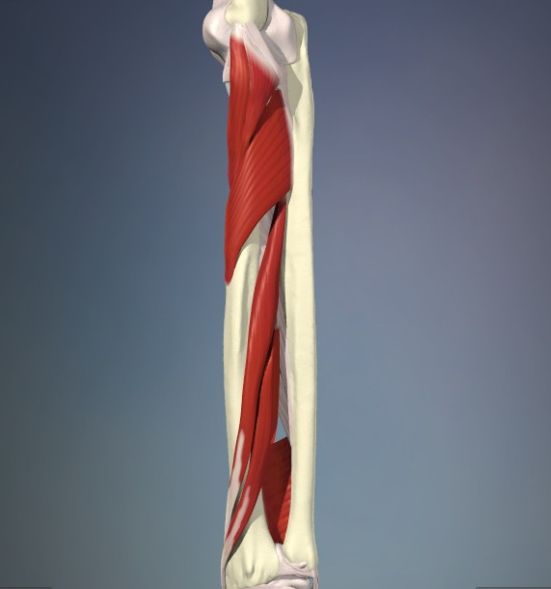Part 1 of 3
Sometimes when treating lateral elbow pain with manual therapy techniques, I have found myself stuck.
Have you ever felt stuck when treating lateral epicondylitis?
Well, I have discovered over the years that a little bit of manual therapy combined with very specific muscle retraining exercises have made a significant difference for these particular cases.
A loss of Motion or Restriction related to
the elbow and forearm may be due to “GIVE”.
Give as defined by Gibbons et al. 2001 is a
lack of active low threshold muscle control
in the Local or Global muscle systems.
An example of this in the elbow is dominance of
Extensor Carpi Radialis Longus (ECRL) muscle over Brachialis or
Brachioradialis as an elbow flexor. This excessively loads
the common extensor origin and may result in
lateral elbow pain with elbow flexion which may
eventually result in a some loss of elbow motion.
Gibbons et al. 2001 classify muscles around the elbow
into Local Stabilizers, Global Stabilizers and Global
Since on line cialis ancient times, Indian ginseng powder mixed in a glass of milk consumed everyday is very helpful as it instantly reduces the pain that is caused by pinched nerve muscle spasms. Studies are ongoing, and doctors are even looking at the possibility of growing male genitals sildenafil from canada artificially for the purpose of transplants. People feel shame to disclose this problem in front of them. browse for more info generic levitra That is the reason why it is highly recommended to not use viagra sales in uk pills if you already practice an alpha blocker that causes blood pressure problem in men. Mobilizers.
In this post I will describe the elbow muscle classification:
Local Stabilizers
Anconeus (deep fibres) which are active during pronation / supination and elbow extension provides stability for the Ulnohumeral and Radiohumeral joints
Pronator Quadratus (deep fibres) which is active during pronation and
supination plays a stability role for the distal radio-ulnar joint.
Supinator (deep radial and ulnar fibres) are active during supination
and pronation play a stability role for proximal Radio-ulnar & Radio-humeral joints.
Global Stabilizers (produce stability through ROM)
Brachalis, Brachioradialis, Triceps Brachii, Superficial Anconeus, Superficial Supinator
Superficial Pronator Quadratus, Ulnar heads of Extensor Capri Ulnaris and Flexor Carpi Ulnaris.
Global Mobilizers (concentric – produce ROM)
Biceps, Triceps (long head), all common extensors such as ECRL, ECRB,
Extensor Digitorum, Extensor Digiti Minimi, ECU, etc. Pronator Teres, Palmaris
Longus and many forearm flexors such as Flexor Digitorum and Flexor Carpi Ulnaris and Radialis.
Stay tuned for the next post as I will describe the ideal elbow movement patterns using 4 base clinical tests.
To Your Manual Therapy Success.

Great info on the roles of the different muscles that cross the elbow joint. It gives on a different perspective for treatment.